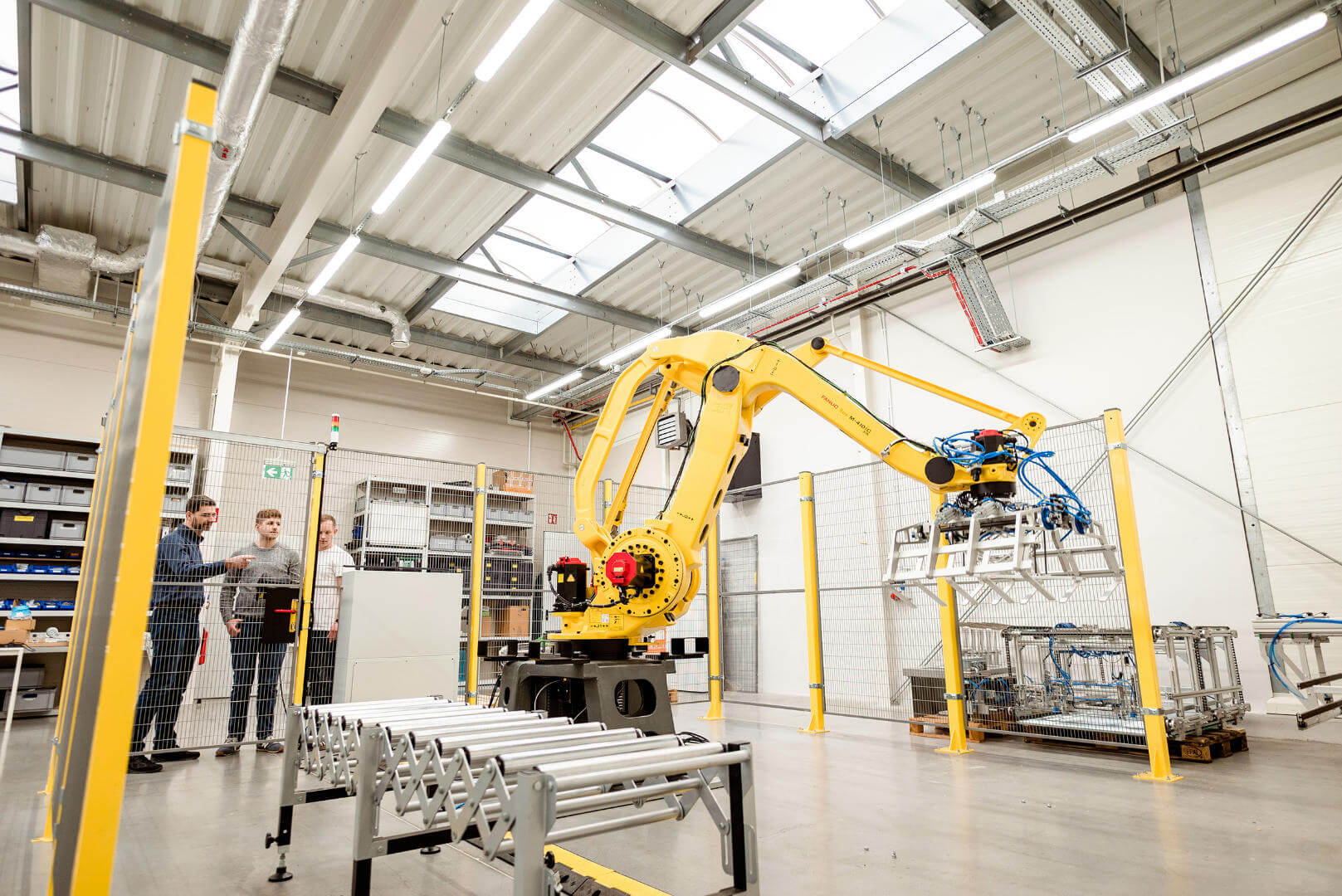
The rapid technological advancement is leading machines to increasingly replace humans in various tasks. Engineers responsible for designing robots are looking for optimal ways to make them adaptable to different scenarios and changing working conditions. This raises the question: How far can contemporary capabilities go in terms of adaptability and flexibility of modern devices? Read on to find the answers.
How can these concepts be defined? Well, the adaptability of robots is their fundamental property that enables them to efficiently learn and perform new tasks regardless of their specifics and external conditions. Thanks to this property, machines undergo adaptation and automatically adjust to their surroundings. Flexibility, on the other hand, involves the ability to modify the operational strategy in response to dynamic changes in the environment. How well a device can adapt depends on the data it receives from its surroundings, which collectively contributes to its operational efficiency.
To illustrate what these two properties of robots mean, it's worth using examples. One of them is the Fanuc industrial solutions provided by our company, which excel in dealing with continuous changes in the positions of items in a warehouse. This showcases their adaptability, while flexibility confirms their ability to integrate with external systems and applications to which their work can be adapted.
Increasing a robot's adaptability and flexibility to its environment is possible through modifications in its software. Properly chosen algorithms that predict and respond to changes in the surroundings can significantly enhance the adaptability of machines. As technology advances, modern processes such as machine learning and artificial intelligence can prove invaluable in creating devices capable of rapid adjustment to conditions.
It's also possible to raise the flexibility of robots through structural changes. The use of components, materials, and elements that can assume different shapes and positions can increase the functionality of machines, facilitate their adaptation to the environment, and improve the efficiency of performing new tasks.
You surely notice that the dynamic evolution in the world of robotics entails the continuous development and implementation of new, increasingly advanced technological solutions. As a result, the adaptation of robots occurs at a faster pace, and their precision increases, making the flexibility of machines sometimes truly impressive. An excellent example confirming the pace of development in terms of adaptability is the methods used in autonomous systems. As a result, the robot independently adjusts to changing production conditions and parameters.
As you can see, the potential of modern robots is enormous, particularly in the context of industrial applications. Mechanisms of flexibility and adaptability can open doors to previously uncharted territories, resulting in the creation of new possibilities for all of humanity.